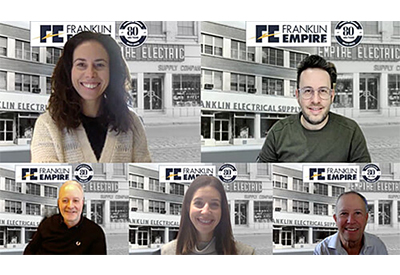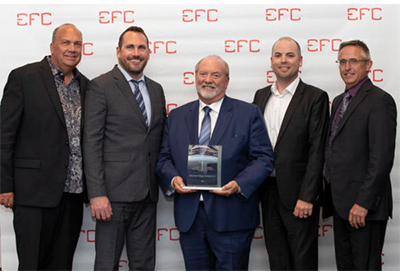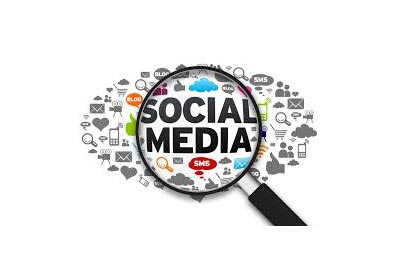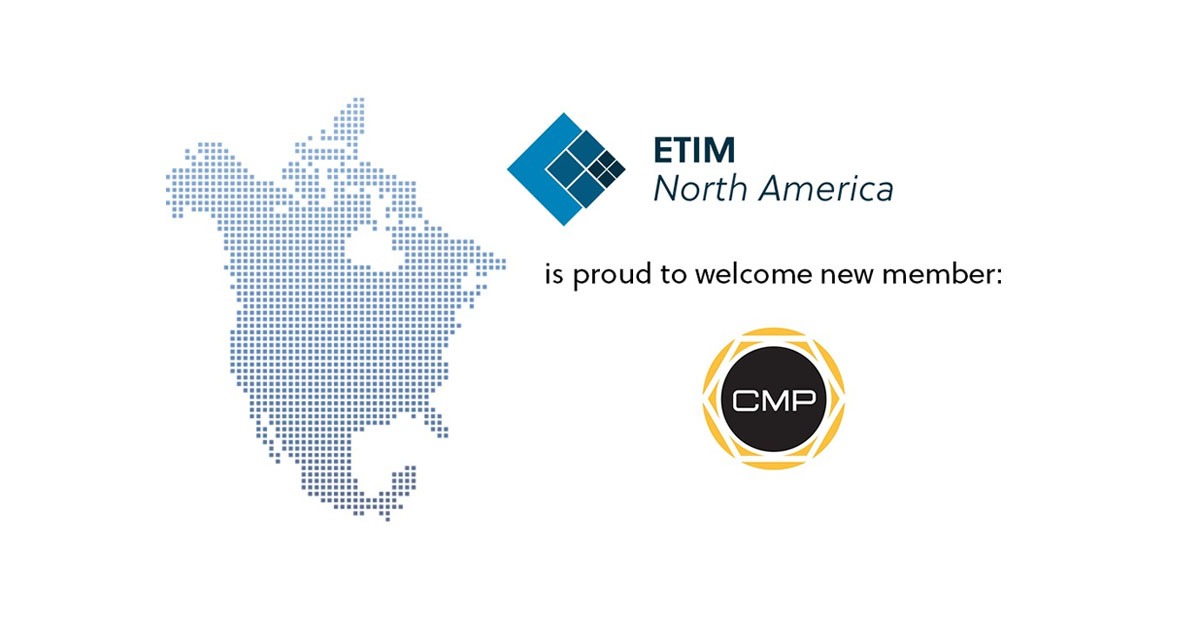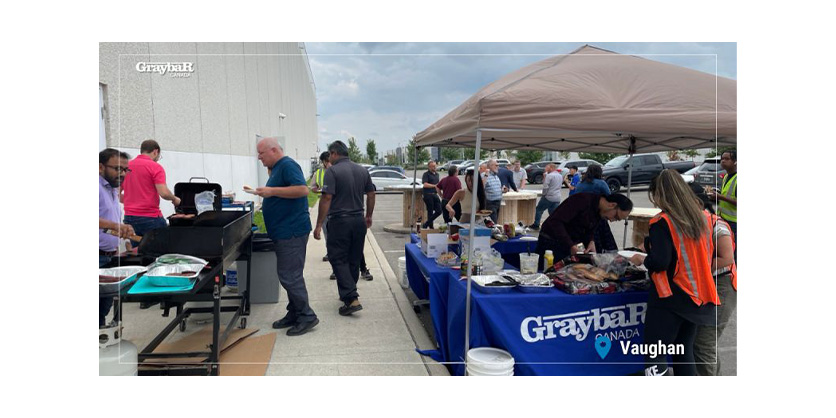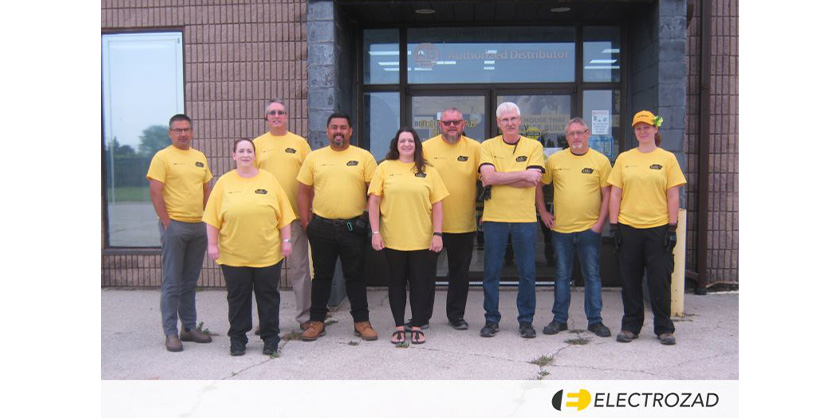Elon Is Wrong: Transporting Cities to the Future Is Smart When It Connects People
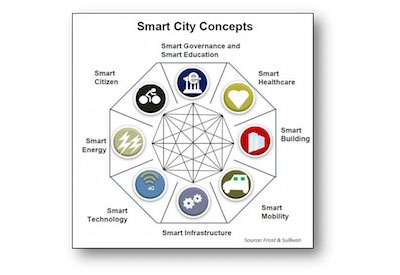
January 15, 2018
By Carolina Gallo
Elon Musk’s recent dis of city transit demonstrated a certain disconnect with the social design imperatives for sustainable city infrastructure. Cities of the future that are collectively healthy and happy are the foundations of smart economies and last November, two Canadian experts, Bill Bryan of EFC and Roberta Gamble of Frost and Sullivan published a white paper: The Road to Smart Cities: Consideration for a templated approach.
Their white paper, produced under the auspices of CABA (Continental Automated Buildings Association) and with support from across industry and public sectors working group, discusses the critical role of smart buildings for smart cities. The paper provides input on the interconnected opportunity represented by smart cities, the benefits of 3GxP3 partnerships, the role of automation and the importance of having consistent and functional definitions in the framework process using regions as templates for government policy.
The authors present a consideration that the sum of the respective parts that create a smart city, i.e., grid transmission and distribution for energy, water and transportation and telecommunication, will be design opportunities for both economic prosperity and for social equity. Here are some highlights from the paper.
More than 50% of today’s ever-growing global population is living in increasingly cramped urban areas, up from 30% in the 1950s. The United Nations expects the percentage of urban dwellers to be even more staggering —about 67% — by 2050, with Asia and Africa being major growth centres and Europe and North America also experiencing significant increases.
The transition in less than a century from a largely rural and dispersed population to a centralized and concentrated one has been a consequence of many positive societal and economic influences — primarily the rapid increase of cities’ contributions to national economies, and the surge of the middle class in emerging countries. However, urbanization does not always breed better lives. Public health and environmental challenges persist: cities are under greater pressure to improve quality of life by reducing crime, traffic, and by increasing access to education, healthcare, technology, and other services…
All urban stakeholders must be willing to collaboratively respond to and prepare for changes in the way cities operate. Businesses and citizens must focus on education and retraining to develop new skill sets. Governments must develop nimble policies to embrace a sustainable and more diverse economy, and use technology to harness data from every source possible because informed decisions in the smart city of the future will rely on both human and artificial intelligence…
The potential global market for smart city solutions is believed to be more than US$1.5 trillion by 2025. Within smart infrastructure are several key segments, such as power transmission and distribution, water distribution and treatment, transportation, and telecommunications. This latter element of connectivity is necessary to connect and enable the communication elements that define a “smart” city. However, another critical aspect of a smart city are the buildings — public and private; commercial, governmental and residential…
Cities and their resident buildings can work together to achieve mutual goals, such as:
- more efficient use of resources (energy, water, natural gas) for lower utility costs and better environmental footprint
- integration of additional energy generation and management technologies, such as solar PV, energy storage, demand response programs and electric vehicle charging stations…
- at an economic level, smarter buildings can also improve occupant health and worker productivity, thereby helping the city gain a healthier, and potentially wealthier, tax base
The nature of a smart city hub is inherently different than many of its components. While the private sector primarily controls smart grids, smart buildings, smart factories, and smart mobility solutions, societal and political systems also will oversee a smart city hub. The complex interconnection of disruptive technologies creates opportunities for new and non-traditional players in various markets.
Read the full paper: www.caba.org/CABA/Research/White_Papers.aspx?WebsiteKey=451e6c9e-f8f5-4af2-b355-ee1dbdd2c908&hkey=dc58d25d-3db4-4273-b05f-471d8d30e00b
Carolina Gallo is ABB Canada’s Vice President Government Relations, and a member of the Road to Smart Cities working group.


